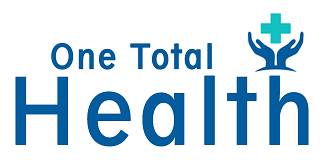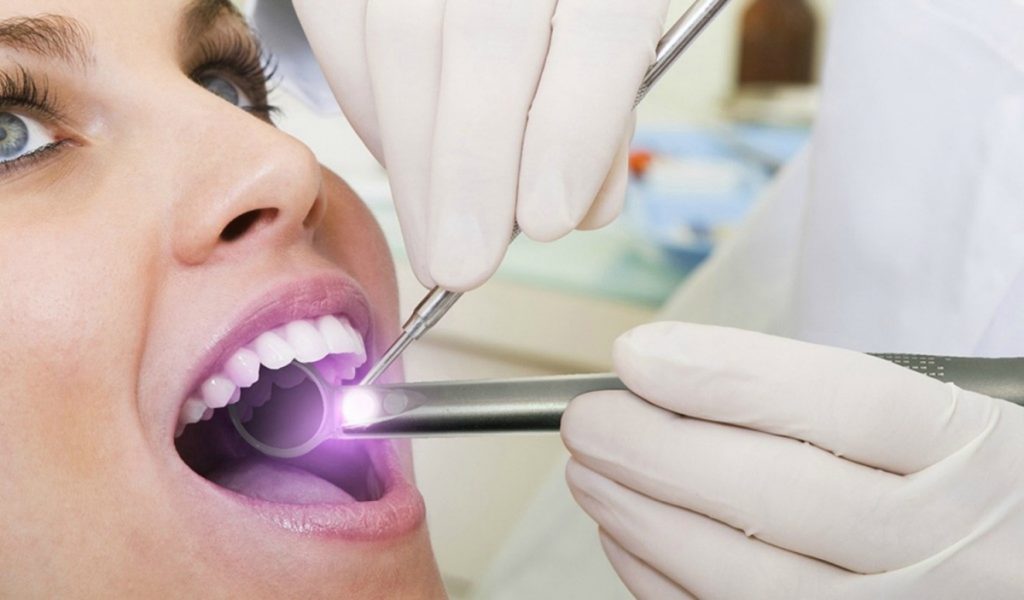What a Dentist Looks for During an Oral Cancer Exam
At each dental visit, the patient should request a screening for oral cancer, even if there are no obvious symptoms. A dentist in Bethesda, MD will typically look for oral cancer symptoms and signs during routine examinations, but it does not harm to request a screening. Presymptomatic oral cancer examinations should be conducted.
What takes place during an examination for oral cancer?
A screening for oral cancer includes both a visual and a physical examination of the gums, soft tissue, pharynx, and tongue. Other important aspects of oral cancer examinations involve inspecting the face, neck, lips, and nose. The patient has to eliminate all oral appliances, including dentures and retainers, prior to the screening. This serves to expose all potential oral cancer-vulnerable areas.
First, the dentist will search for irregularities. In addition, any edema, bumps, tumors, white patches, sores, rough patches, or other anomalies will be examined. The dentist will make use of a small light and mirror to examine the inside of the mouth and nostrils. The dentist will examine the throat’s rear using a tongue depressor.
The dentist will touch the cranium and cheeks around the jaw, under the chin, and within the oral cavity during the physical examination. They will be searching for anything extraordinary. Unusual nodules or lumps will be identified, and further examination may be necessary.
A failure to move ordinarily mobile tissue is a widely unknown indicator of oral cancer. Additionally, applying pressure to these areas typically causes discomfort. However, not all malignant regions will cause discomfort.
In addition to a visual and physical examination, certain technological instruments may be employed. Dentists may detect precancerous cells that are not visible to the unaided eye with the aid of oral cancer screening devices like the VELscope. This device emits a blue light into the oral cavity that is secure. Normal tissue may illuminate, whereas precancerous or malignant lesions will remain opaque.
If the dentist detects something odd during an oral cancer screening, he or she will likely remove a sample of the suspicious cells and send it to a lab for analysis. Despite the fact that oral cancer screenings may notify the dentist of potential problem areas, diagnosing the disease is considerably more complicated.
Screening for oral cancer saves lives.
In order to save lives, early detection is essential. You might be at a higher risk for developing oral cancer if you have a family history of the disease or if you engage in certain behaviors, such as smoking or excessive alcohol consumption. In this case, you should ask for oral cancer screenings every four months.




